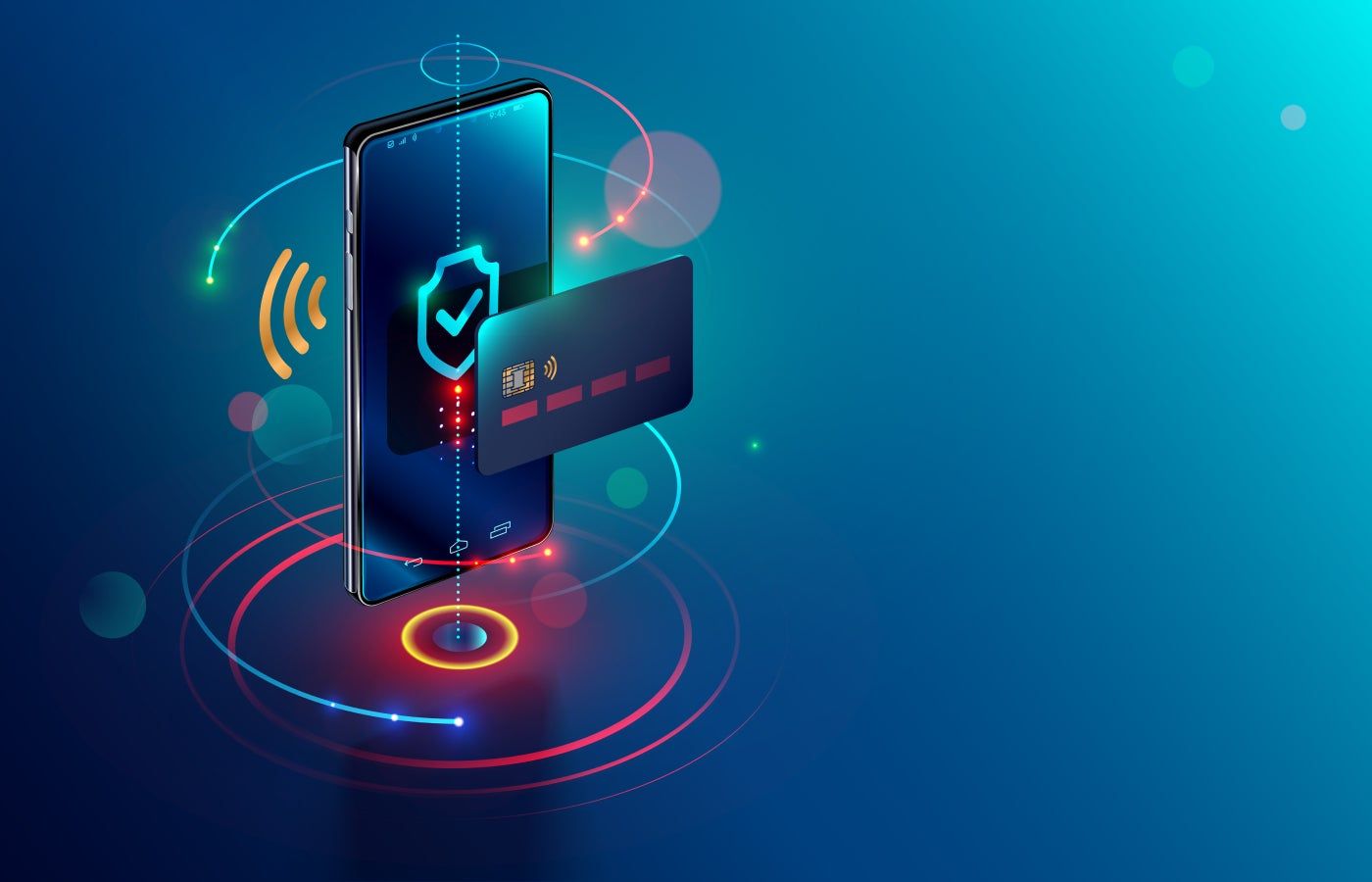Interactive voice response payment technology allows customers to make payments securely and efficiently over the phone. It benefits call centers and collection agencies by freeing up agents to deal with more complicated matters.
In turn, this reduces labor costs and time spent managing manual payment collection.
When implemented correctly, an IVR system can give callers the quick and easy payment option they want while saving your business time and money, making it a win-win situation for everyone involved.
How to add secure payment options using IVR
Your business will need three types of software to implement a secure IVR payment system:
- Interactive Voice Response (IVR) Software: This is the core of the system, providing everything you need to create and manage call flows, voice messages, and interactions with callers. At a minimum, it should support integration with external APIs for customer relationship management and payment processing.
- CRM Software: To personalize the IVR experience and extract relevant customer data, your IVR system should integrate with your CRM software. This ensures that the IVR system can access purchase history, account preferences, and other key data points.
- Payment processor: You'll also need secure software to manage and process payments. It should be able to encrypt transaction data and interact with banking systems or payment gateways, while ensuring regulatory compliance.
While the actual process of setting up IVR payments varies by provider, these three tools will give you everything you need. Each software provider should give you detailed instructions on how to do this, either through online guides or by putting you in touch with their support team.
Once these pieces are in place, the next step is to ensure that your setup meets PCI DSS standards to protect sensitive data. This involves several important steps:
- Data Encryption: Encrypt all transmitted data so that hackers cannot read it.
- Access control: Restrict access to data to essential personnel only.
- Periodic tests: Perform routine security testing to identify vulnerabilities.
- Safe storage: Encrypt and securely store any payment card data.
- System and Application Security: Update systems and software with security patches.
- Information Security Policy: Implement an information security policy for all employees. Make sure they have not only read it, but approved it.
Some payment service providers simplify compliance by storing credit card data on their secure servers instead of in the company's system. This process, known as payment processing outsourcing, shifts the responsibility of protecting cardholder data from the provider and makes it easier for companies to comply with PCI standards and focus on core operations.
How to avoid common problems with IVR payments
There are many benefits to using interactive voice response (IVR) systems for payment collection, but the implementation process can be complicated. Here are some tips to help you get the most out of your system and avoid common mistakes.
Simplify the customer experience
- Streamline call flows: Design your IVR menus to be as intuitive and concise as possible. Avoid overwhelming customers with too many options or complex navigation paths, which can be frustrating and cause the caller to abandon the call altogether.
- Use clear and concise language: Make sure voice prompts are clear and use simple, everyday language.
- Offer a quick exit or transfer option: Always offer customers the option to speak to a live agent, and don't bury that option deep in the menu where it's impossible to find. Your goal is to make this process as easy as possible for the customer.
Ensure compatibility with CRM and payment processors
- Comprehensive integration capacity: Choose an interactive voice response (IVR) software that offers robust integration features with a wide range of CRMs and payment processors. This will be especially helpful if you decide to change or upgrade your other systems in the future.
- Vendor Support and Documentation: Shop around and make sure you choose a vendor that provides you with detailed documentation and support for integrating their system with your CRM and payment processing software. The more help they can provide, the better.
- Test the integration thoroughly: Before you begin, conduct thorough testing at the integration points between your interactive voice response (IVR) system, CRM, and payment processors. You'll need to identify and resolve any issues that may cause them frustration.
Monitor and optimize performance
- Tracking customer interactions: Use analytics to monitor how customers interact with your interactive voice response (IVR) system. Look for patterns that indicate common drop-off points or areas of confusion.
- Request customer feedback: Collect customer feedback on their IVR payment experience so you can continue to make improvements to your system.
Collection automation with IVR payment processing
You don't have to wait for customers to call to reap the benefits of an IVR system—you can use it to make outbound calls, too.
An outbound interactive voice response (IVR) system allows automated calls to be made to customers for appointment reminders, payment reminders, and collecting customer feedback. It works by dialing numbers from a predetermined list and sending messages or collecting information from the recipient through keyboard input or voice responses.
Your business can leverage the power of an outbound dialer in conjunction with CRM software to fully automate the IVR payment process. To do this, create customer segments in your CRM, identifying those with outstanding payments or who could benefit from payment reminders or opportunities.
This data may include payment history, purchasing behavior, and personal preferences.
Here's what the outbound IVR payment process looks like in action:
- CRM detects a customer who has not paid an invoice.
- The built-in outbound dialer automatically calls or texts the customer about the unpaid bill.
- When the customer responds, the IVR explains the bill and offers payment options, either by phone or via a text link to pay online.
- The customer follows the IVR instructions to pay by phone or clicks the text link to pay online.
- They provide their payment information and a secure payment processor completes the transaction.
- Immediately after payment, the customer receives a confirmation that the payment has been completed and the CRM updates the invoice as paid.
Most people aren't too excited about the idea of making payments, so you'll want to make the process as easy as possible for them.
The great thing about this automated system is that it is efficient and convenient for the customer, which goes a long way in creating a positive user experience.
In addition to satisfying customers, the efficiency of automated outbound IVR payments also benefits businesses by saving money on labor and freeing up agents to tackle high-value tasks that require a human touch, such as contacting new leads or closing deals.
More great uses for IVR payment
Implementing a secure IVR payment system opens up opportunities that go beyond automating payments. Below are five examples that demonstrate the versatility of IVR payment solutions.
24/7 payment option for utilities and services
A secure IVR payment system enables utility companies, such as electricity, water and internet companies, to offer payment service 24 hours a day. Customers can call at their convenience to pay bills without having to wait for business hours to close.
This system can guide customers through a simple process to check their balance, hear recent charges, and make payments directly from their bank account or credit card.
Non-profit donations
Nonprofit organizations can leverage interactive voice response (IVR) systems to accept donations quickly and easily. By setting up an interactive voice response system, they can offer supporters a simple way to make contributions over the phone.
The system can provide information about ongoing projects or campaigns and allow donors to select where they want their funds to go. This method simplifies donations and allows nonprofits to reach a wider audience than with a manual process, meaning they have more opportunities to raise donations.
Subscription renewals
Businesses with subscription-based models, such as magazines, streaming services, and membership clubs, can use IVR payment systems to simplify the renewal process.
Subscribers can receive automated calls reminding them of their subscription expiration date and guiding them through the renewal process. This ensures continuous customer service and helps businesses maintain stable revenue streams without manual intervention.
Appointment and copayment registration
Healthcare providers can use interactive voice response (IVR) systems to check in patients before their appointments and collect any necessary copayments. Patients can receive calls to confirm upcoming appointments and have the option to pay their copayments over the phone. This streamlines the check-in process on the day of the appointment, reduces no-shows, and ensures that payments are collected efficiently.
Traffic fines and public fees
Local governments can implement interactive voice response (IVR) systems to collect traffic fines, property taxes, and other public fees. The outbound interactive voice response (IVR) system can notify citizens of any outstanding amounts and use the automated system to settle their debts. This offers a convenient payment solution for the public, while reducing the need for in-person visits and decreasing administrative workload.











